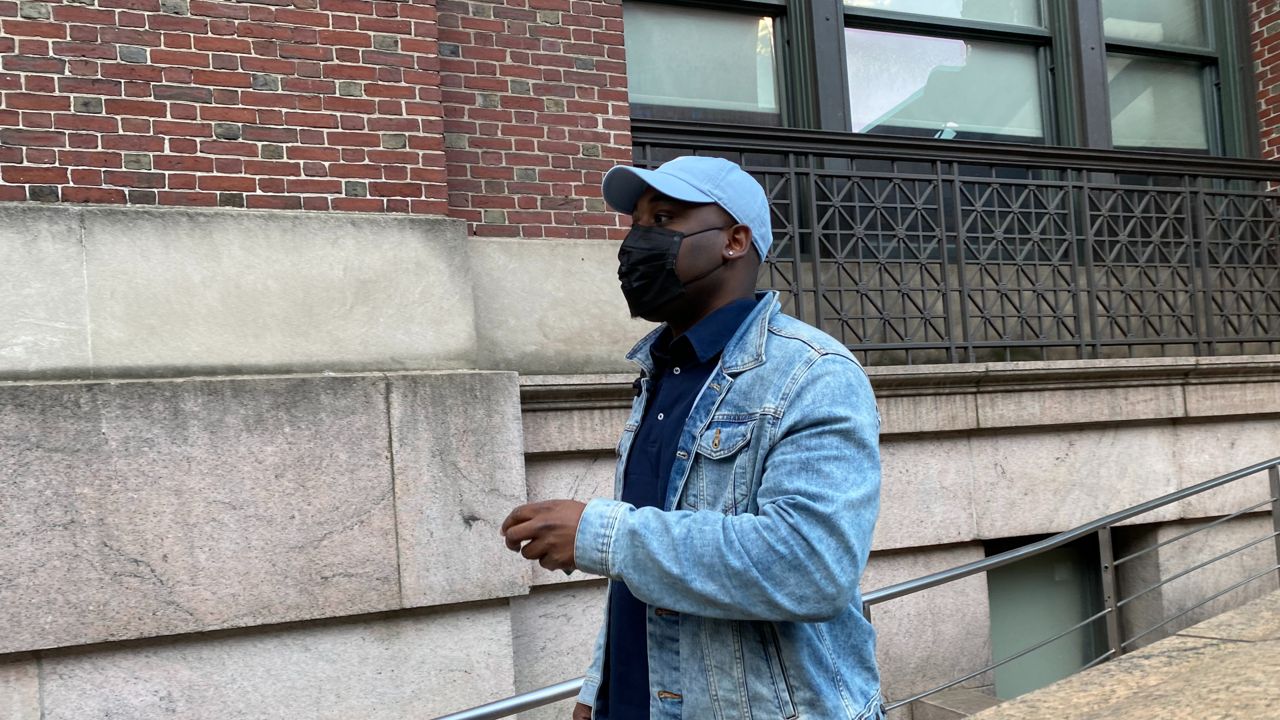Sholakunmi Olukogbon investigates the worst child abuse allegations in the city.
“Some things I've heard, witnessed, that's happened to children is definitely horrifying," he told NY1.
What You Need To Know
- Reports of child abuse were down 16% from September through March compared with the same months a year earlier
- Reports from educators dropped even further, 37% during same period
- City agencies showed teachers what may constitute as a safety issue during remote learning
- Officials say that effort and the partial return to in-person learning has improved the situation, and that it was much worse during the first months of the pandemic
He's one of roughly 3,000 child protective specialists at the NYC Administration for Children's Services, but works in an emergency response unit called Guardians of the Night. His shift starts at 5 p.m.
“So five to one, but that's actually where most of the reports come in,” he said as he was headed out to a report, "called in by a hospital and there was a serious injury that was reported on a child.”
According to the city, reports of child abuse like this are down 16% from September through March compared with the same months a year earlier, but reports from educators dropped even further, 37%; it’s much harder to notice an abused child if they’re not seen in person.
“Kids weren't getting that face-to-face contact that they were getting before with going to school from Monday through Friday," Olukogbon said, "that face-to-face contact definitely plays a factor in how many cases are sometimes reported versus when they're remote.”
"We saw a big decline in reports coming from teachers,” said David Hansell, the Commissioner of the Administration for Children's Services. During the first months of the pandemic, child abuse reports from educators plunged 67% from the prior year, which meant abusive situations were going unnoticed.
“And so, we worked very closely with the Department of Education to provide guidance to teachers about what to look for when they were doing remote learning, what should be reported as a child safety issue and also, frankly, what should not,” said Hansell.
For example, a technology issue is not a red flag warning he said, but unwillingness by parents to try to fix it is.
Olukogbon says the number of abuse reports are getting closer to normal because of teachers and city-produced informational campaigns to help community members. With more kids at home, neighbors have stepped up.
“I’ve even got my case from a friend of a student who reached out to a teacher,” he said.
Experts call teachers the primary safety net for catching abuse before it gets serious, like the call to which Olukogbon was headed.
“A step-father assaulted a 16-year-old child,” he said.
The safety net will only be fully functioning when in-person learning returns in full.
“Because that face-to-face contact is important,” Olukogbon added.



